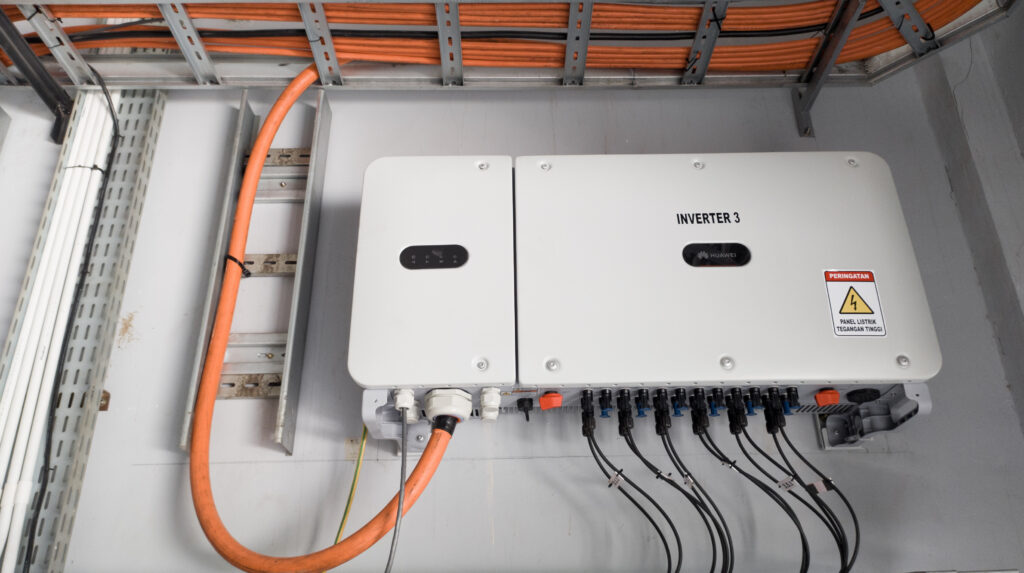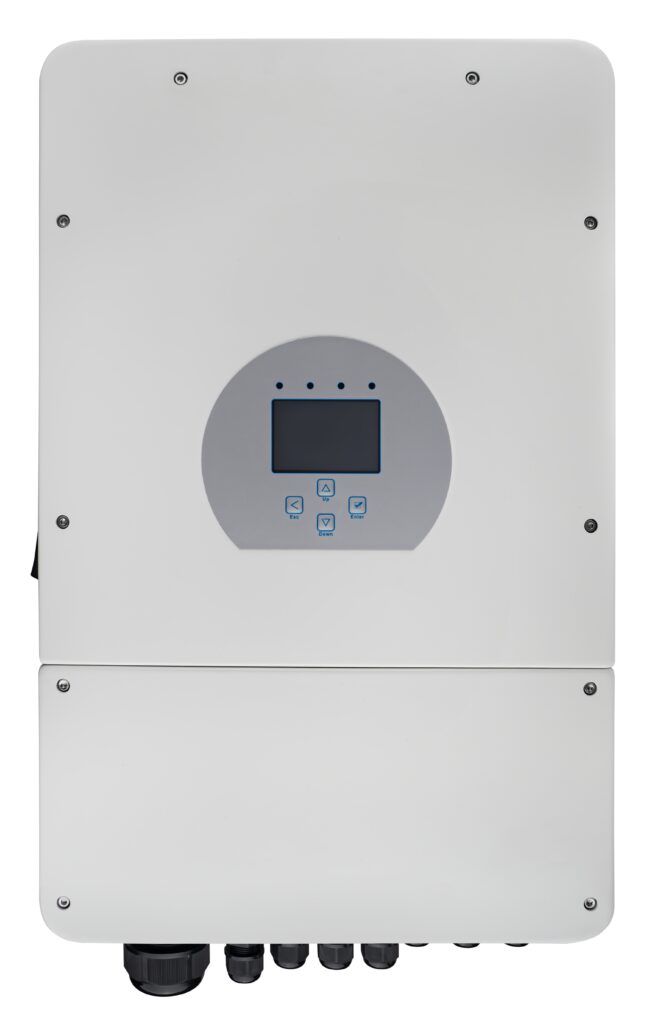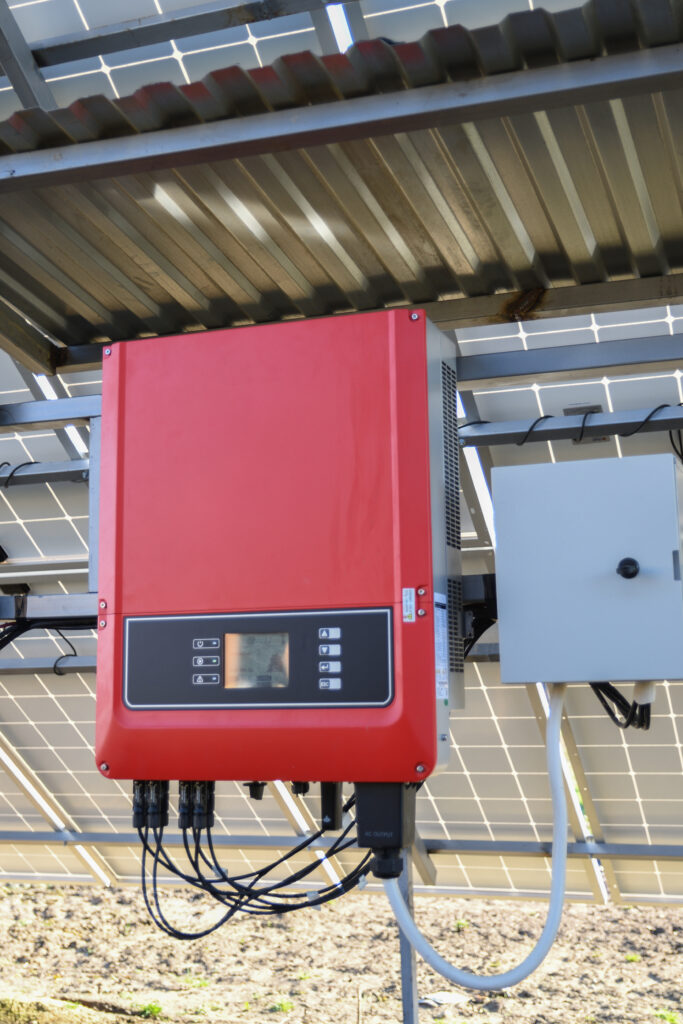



In a solar energy system, Solar Inverters are essential components, often referred to as the “brains” of the system. This article breaks down the conversion from DC to AC, explores their compatibility with smart grid technology, and highlights their importance.
Understanding Inverters
A Solar Inverters is a device that converts direct current (DC) into alternating current (AC). This function is critical because most household appliances and the electric grid operate using AC power. Solar panels generate electricity in the form of DC, making the inverter necessary for power compatibility and integration into everyday usage.
The Conversion Process: DC to AC
The conversion process involves a few key steps. Solar panels produce DC electricity when exposed to sunlight. This electricity flows to the Solar Inverters, which uses various electronic circuits to convert the DC into AC. The most common type of inverter is the string inverter, which takes in energy from one or more solar panels and converts it to AC.
Another type of inverter is the micro-inverter, installed on each solar panel, allowing for individual panel performance optimization. This means that if one panel is shaded, it does not affect the output of others in the system.
Importance of Inverters in Solar Systems
-
Energy Efficiency: Solar Inverters play a crucial role in optimizing the energy output from solar panels. They monitor panel performance and adjust the output to ensure maximum efficiency.
-
Grid Compatibility: For homeowners or businesses that want to use solar energy, the inverter’s ability to convert DC to AC allows electricity to flow into the grid. In the case of excess energy, the inverter allows the surplus power to be sent back to the grid, potentially generating credits on electricity bills.
-
Monitoring Capabilities: Many modern inverters come equipped with smart monitoring features. These features allow users to track energy production and consumption in real-time, giving insights into system performance.
Smart Grid Compatibility
Smart grids are electrical grids that use digital communications technology to detect and react to local changes in usage. Inverters can support smart grid functionalities, enabling better integration of renewable energy sources.
-
Demand Response: Inverters can help manage demand response strategies. They facilitate real-time communication between electricity suppliers and consumers, allowing the grid to allocate resources more effectively depending on demand fluctuations.
-
Stability and Reliability: Inverters help stabilize the voltage and frequency of the energy being fed into the grid. This function is critical to reduce power interruptions and ensure reliability during peak demand times.
-
Integration of Energy Storage Systems: Many solar inverters now facilitate the integration of energy storage systems, such as batteries. This integration allows users to store surplus energy produced during the day for use at night, further enhancing energy efficiency and grid stability.
Types of Inverters
-
String Inverters: Commonly used in residential installations, these inverters connect between several panels and perform DC to AC conversion collectively.
-
Micro-Inverters: Designed to work independently on each panel, they allow greater flexibility and performance monitoring for each solar panel.
-
Power Optimizers: These devices work in conjunction with string inverters to boost energy production and provide panel-level monitoring. However, unlike micro-inverters, they still depend on a central inverter for AC conversion.
Summary
Inverters are complex yet essential components in solar power systems. They convert the DC output from solar panels into usable AC power for homes and businesses, facilitate energy management, and contribute to the reliability of the grid through synchronization and demand response capabilities. Whether one opts for string inverters, micro-inverters, or optimizers, understanding the critical role of these devices can help maximize the benefits of solar energy systems.
By investing in high-quality inverters, users can enhance their overall solar experience, optimizing both energy efficiency and contribution to a more resilient energy future.
For more insights into renewable energy technology, check out other posts on our blog, such as “Grid Integration of Renewable Energy” and “Choosing the Right Solar Panels”.
Keep exploring renewable energy options and join us in making a sustainable choice for the future! For more details on solar solutions, visit Andromeda Energy.
For Further Detail
https://www.renewableenergyworld.com/


Leave a Reply